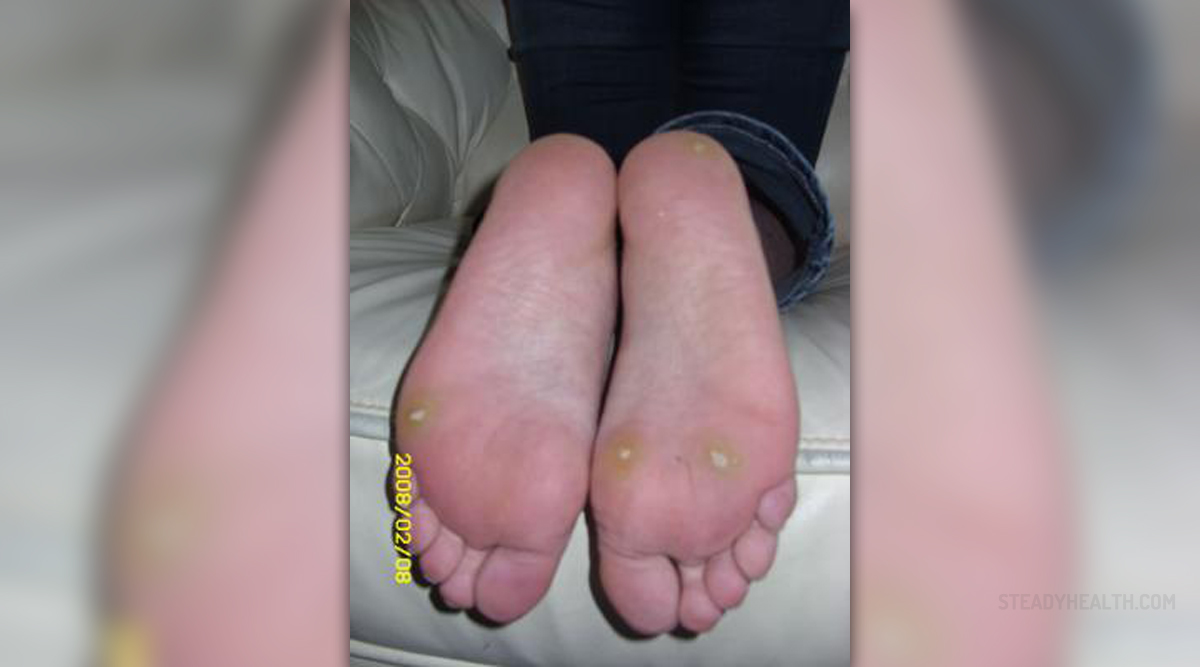
Warts are considered the most common viral infection of the skin. In case of plantar warts the skin changes develop on the plantar surface of the foot. Even though plantar warts may affect the entire sole, they predominantly form in the area of the most intensive friction. The virus responsible for the infection affects the superficial layer of the skin. The affected parts are thickened and the skin changes develop in a form of callus-like growths.
In a certain number of cases plantar warts withdraw spontaneously. On the other hand, if they linger, or even cause discomfort or pain (especially while walking), they require medical treatment.
Plantar warts affect people of all ages. However, the infection occurs more in children between the age of 12 and 16. The condition is not so frequent among elderly people.
Who is at Risk for Plantar Warts?
The infection with human papilloma virus (specific types responsible for this skin infection) predominantly affects people who use public showers, those with trauma to the skin and immunocompromised patients (both those whose immune system is weakened by some illness and patients whose immune system is artificially weakened by certain medications).
What Virus Causes Plantar Warts?
In majority of cases plantar warts are associated with human papilloma virus type 1. The virus affects the superficial layer of the skin after a direct contact. The infection particularly spreads in places that are shared by many people such as communal showers. Once a person develops the infection there is a chance of spontaneous resolution thanks to the development of immune lymphocytes that destroy virus-infected cells.
Treatment for Plantar Warts
In case plantar warts do not resolve on their own they require proper medical treatment. One of the most common treatments for plantar warts includes topical medications. In some cases the wart is treated with a direct application of a mild acid. The process may need to be repeated but the results are highly successful. The most commonly used acids are salicycilic acid, cantharidin and dichloroacetic (or trichloroacetic) acid.
Furthermore, plantar warts can be successfully removed with the assistance of Upton's paste and a mixture of 40-60% salicylic acid in white soft paraffin. And finally, 5-fluorouracil can be applied directly to the wart and even though it is not an acid it shows very powerful characteristics when it comes to wart removal.
Patients suffering from plantar warts are additionally treated with laser treatment, cryotherapy, curettage and desiccation. Laser therapy may cause scarring. Cryotherapy may not cause any scars if it is performed properly while curettage and desiccation is highly likely to produce a scar at the site of excision. For plantar warts that fail to respond to previously mentioned treatments the doctor can recommend consultation with a well experienced dermatologist who may recommend immunotherapy.


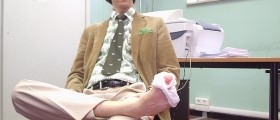
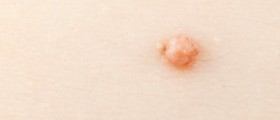
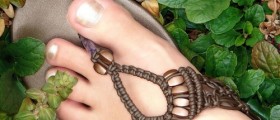

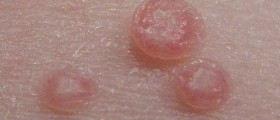

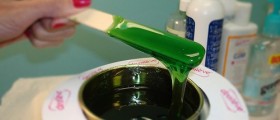


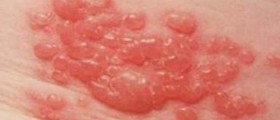
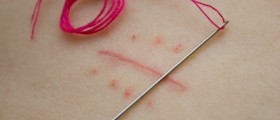
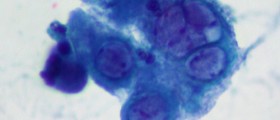

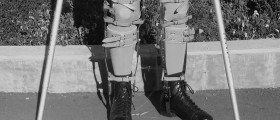
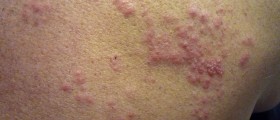
Your thoughts on this
Loading...